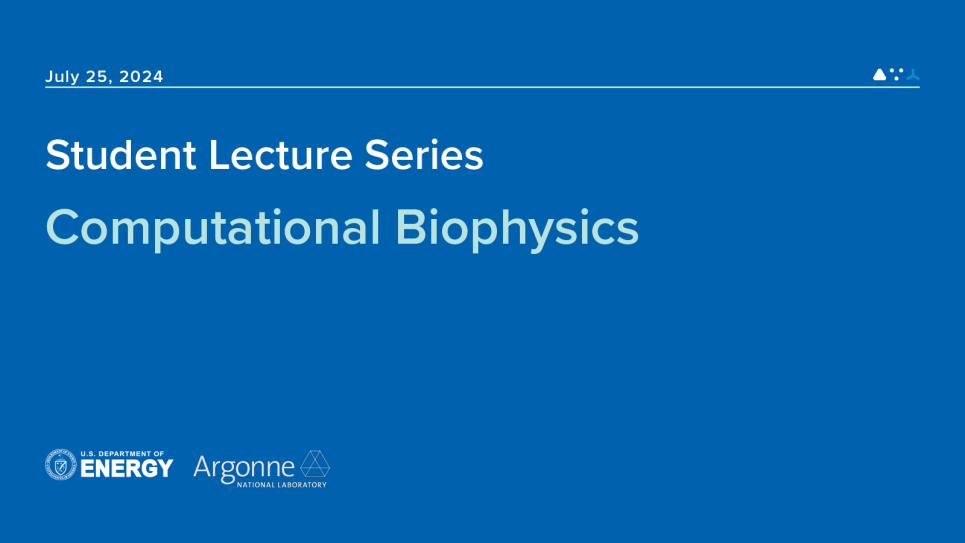
Computational Biophysics
Studies of the structure-function relation of biomolecular systems play an essential role in understanding and regulating important biological phenomena. Among the various computer simulation techniques, molecular dynamics simulations capture the behavior of biological macromolecules in full atomic detail and have been extensively employed by biomolecular researchers. However, the computational demands of molecular dynamics simulations, combined with the challenge of appropriately modeling the relevant physics, have historically restricted their length and accuracy. Dramatic recent improvements in achievable simulation speed and the underlying physical models have enabled atomic-level simulations on timescales as long as milliseconds that capture key biochemical processes such as protein folding, drug binding, membrane transport, and the conformational changes critical to protein function. Such simulation may serve as a computational microscope, revealing biomolecular mechanisms that are difficult to observe experimentally at spatial and temporal scales. This talk will describe the rapidly evolving state of the art for atomic-level biomolecular simulation, illustrate the types of biological discoveries that can now be made through simulation, and discuss challenges motivating continued innovation in this field.